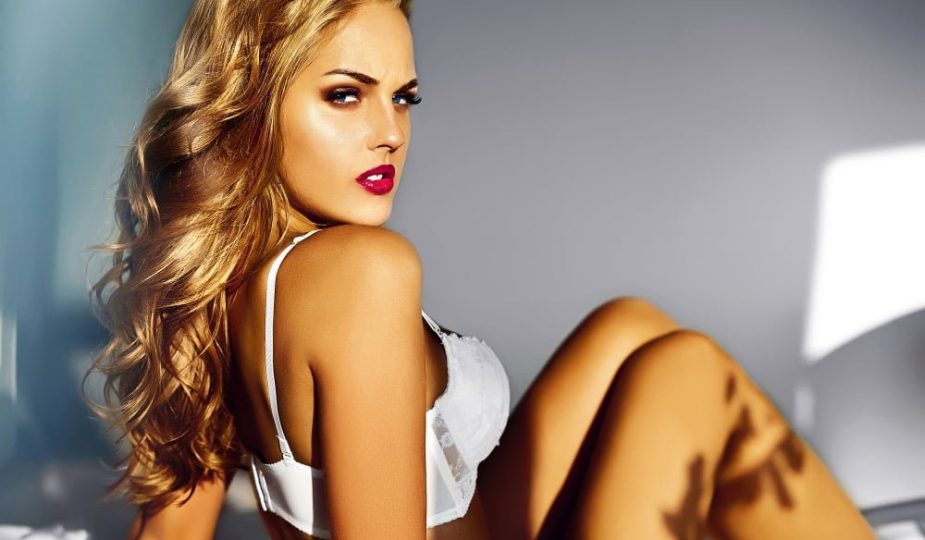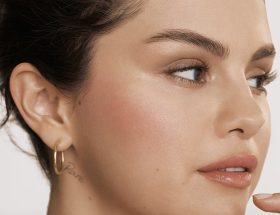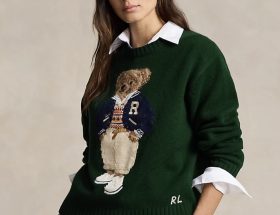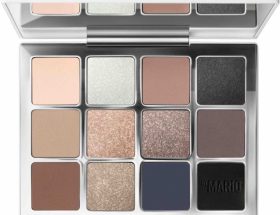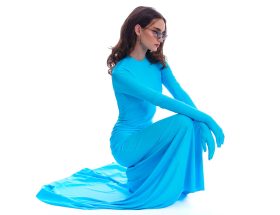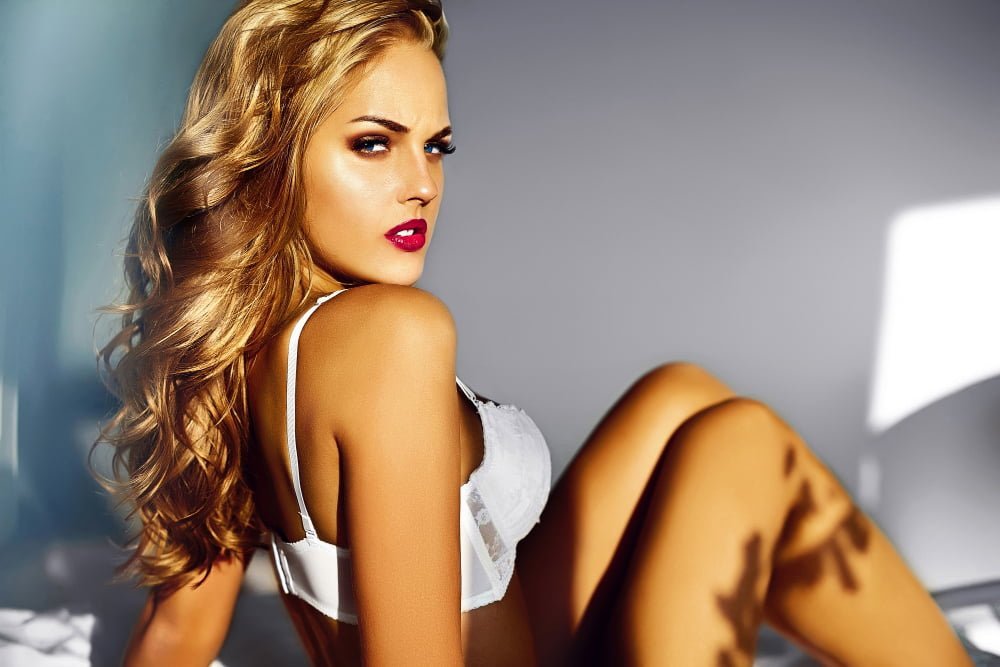
# How to Become a Model: A Comprehensive Guide to Entering the Field
The realm of modeling is a fantasy for many, presenting chances to collaborate with leading designers, photographers, and brands. From appearing on magazine covers to strutting down the runway at fashion weeks, modeling offers a luxurious and fulfilling career path. Yet, it’s not solely about appearance—it demands skill, perseverance, and a strong grasp of the industry. With diversity and uniqueness being acknowledged more than ever, the modeling sector is welcoming individuals of various shapes, sizes, and backgrounds. If you’ve ever contemplated how to enter the modeling scene, this guide will illuminate the vital steps to embark on your journey.
—
## Grasping the Modeling Environment
The modeling field has transformed remarkably in recent years, shifting away from strict beauty ideals to foster inclusivity. Nowadays, models such as Ashley Graham, Adut Akech, and Winnie Harlow are reshaping perceptions of beauty, demonstrating that uniqueness is an invaluable asset. Regardless of whether you’re tall, short, plus-sized, or possess distinctive features, there’s a niche for you within the industry.
—
## Step 1: Familiarize Yourself with the Different Types of Modeling
Before getting started, it’s essential to comprehend the various types of modeling to ascertain where you might fit in best. Here are some prevalent categories:
1. **Runway Modeling**: Requires tall, slender models (generally 5’7” to 6’0” for women) to exhibit designer collections on the runway.
2. **Print Modeling**: Centers around magazine editorials, advertising campaigns, and promotional materials.
3. **Commercial Modeling**: Engages in advertisements for everyday products, necessitating a relatable and approachable appearance.
4. **Plus-Size Modeling**: Focuses on models with curvier body types, a rapidly expanding segment in the field.
5. **Swimsuit and Lingerie Modeling**: Specializes in displaying swimwear and intimate apparel.
6. **Fitness Modeling**: Emphasizes athletic and toned physiques, often for sports brands.
7. **Alternative Modeling**: Celebrates unique, edgy, or unconventional appearances.
Recognizing your strengths and where you belong will aid in targeting the appropriate opportunities.
—
## Step 2: Locate the Right Modeling Agency
A credible modeling agency is your entry point into the industry. Agencies serve as intermediaries between models and clients, assisting you in securing jobs and advancing your career. Here’s how to identify the right agency:
– **Research Agencies**: Seek out agencies in your vicinity or prominent fashion cities like New York, Los Angeles, or London. Examine their websites to see the types of models they represent and their clientele.
– **Beware of Scams**: Exercise caution with agencies that request upfront fees or pressure you into acquiring expensive classes or photo packages. Legitimate agencies earn their income through commissions on the jobs they secure for you.
– **Confirm Credentials**: If someone claims to represent a known agency, validate their identity by reaching out to the agency directly via their official website.
– **Participate in Open Calls**: Many agencies organize open calls where aspiring models can meet scouts in person. Bring basic, natural photographs and dress in minimal makeup and fitted attire.
—
## Step 3: Capture the Right Photos
Your photographs form the initial impression in the modeling industry. Most agencies need basic “digitals” or “polaroids” to assess your potential. Here’s what you should prepare:
– **Headshot**: A close-up of your face without makeup, displaying your natural attributes.
– **Full-Length Shot**: An image showing your whole body from head to toe.
– **Natural Lighting**: Capture photos in natural light to evade harsh shadows or artificial effects.
– **Simple Clothing**: Wear a plain tank top and jeans to ensure the focus remains on you.
Professional photoshoots aren’t essential at the outset—agencies prefer unedited images to evaluate your potential.
—
## Step 4: Develop Your Modeling Portfolio
A modeling portfolio serves as your visual resume, demonstrating your variety and adaptability. As you accrue experience, collaborate with photographers, makeup artists, and stylists to compile a diverse array of visuals. Include:
– **Headshots**: Emphasize your facial features and expressions.
– **Editorial Shots**: Illustrate your ability to narrate a story through poses and emotions.
– **Full-Length Images**: Showcase your body proportions and posture.
– **Diversity of Looks**: Present casual, formal, and high-fashion styles to display versatility.
Consider establishing an online portfolio on platforms like Wix or Squarespace for easy sharing with agencies and clients.
—
## Step 5: Perfect Your Poses and Expressions
Modeling is a form of art that necessitates mastery over your body and expressions. Practice in front of a mirror to discover your most flattering angles and learn to communicate various emotions. Here are a few suggestions:
– **Analyze Industry Trends**
